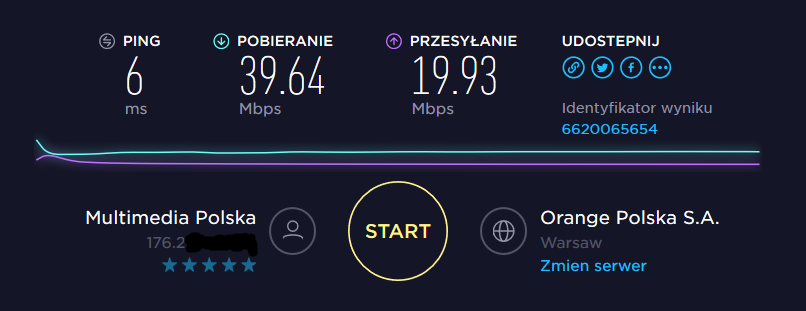- Joined
- May 18, 1997
- Messages
- 55,630
Microsoft is planning to get 23 million Americans left behind, in terms of broadband, online by 2022. The technology boils down to taking advantage of unused UHF television spectrum bands. Yeah, you old guys remember the knob on the bottom!
Our call for a new strategy reflects in part our own experience as a company working around the world to make use of what’s called TV White Spaces spectrum. This is unused spectrum in the UHF television bands. This powerful bandwidth is in the 600 MHz frequency range and enables wireless signals to travel over hills and through buildings and trees. It’s why people could watch television programs in rural communities long before the advent of satellite television. Microsoft itself has considerable experience with this spectrum, having deployed 20 TV white spaces projects in 17 countries that have served 185,000 users.
Modems for this tech right now cost around a thousand bucks, but Microsoft thinks they can get the cost down to about $200.
Our call for a new strategy reflects in part our own experience as a company working around the world to make use of what’s called TV White Spaces spectrum. This is unused spectrum in the UHF television bands. This powerful bandwidth is in the 600 MHz frequency range and enables wireless signals to travel over hills and through buildings and trees. It’s why people could watch television programs in rural communities long before the advent of satellite television. Microsoft itself has considerable experience with this spectrum, having deployed 20 TV white spaces projects in 17 countries that have served 185,000 users.
Modems for this tech right now cost around a thousand bucks, but Microsoft thinks they can get the cost down to about $200.
Last edited:
![[H]ard|Forum](/styles/hardforum/xenforo/logo_dark.png)

